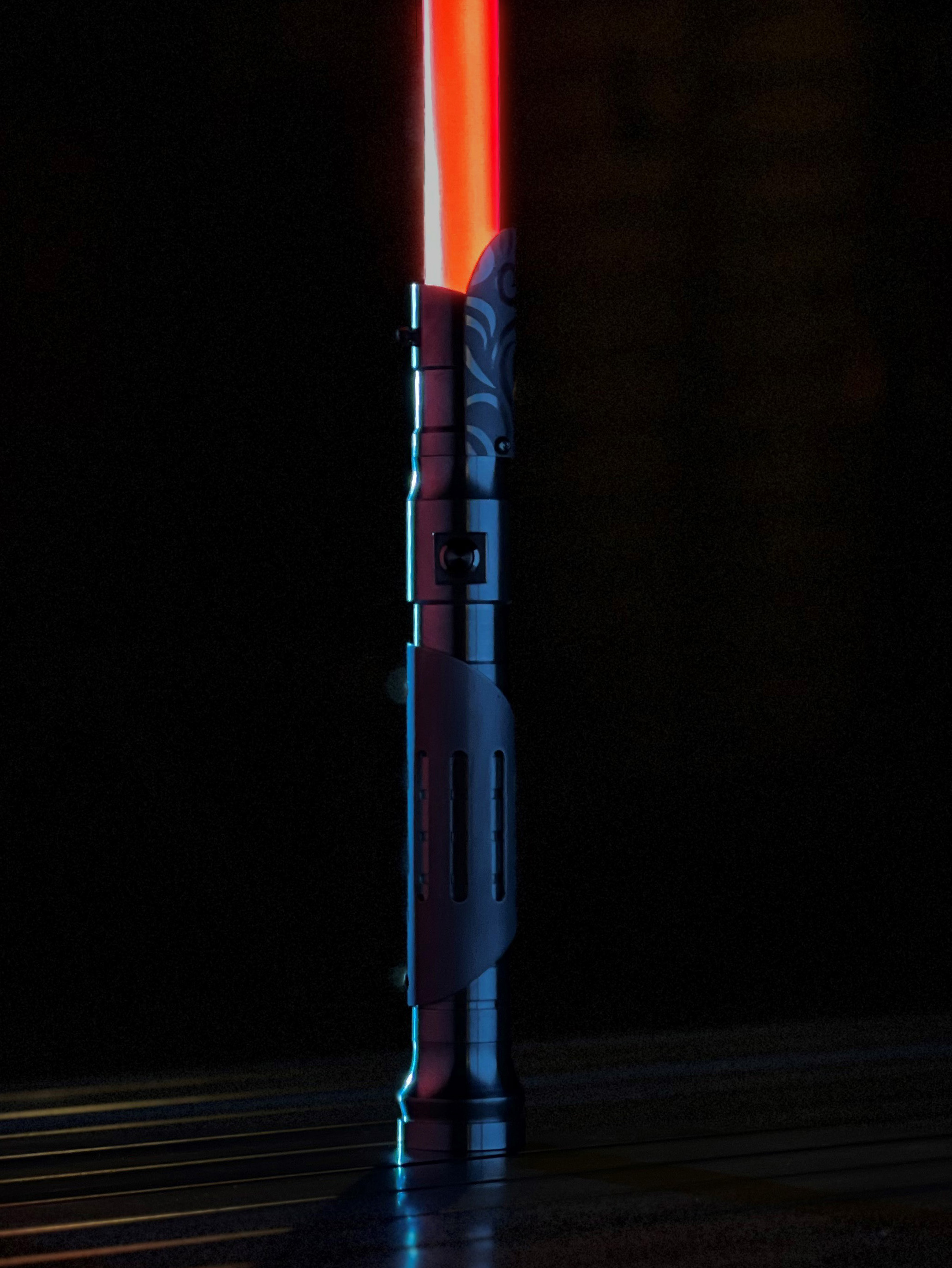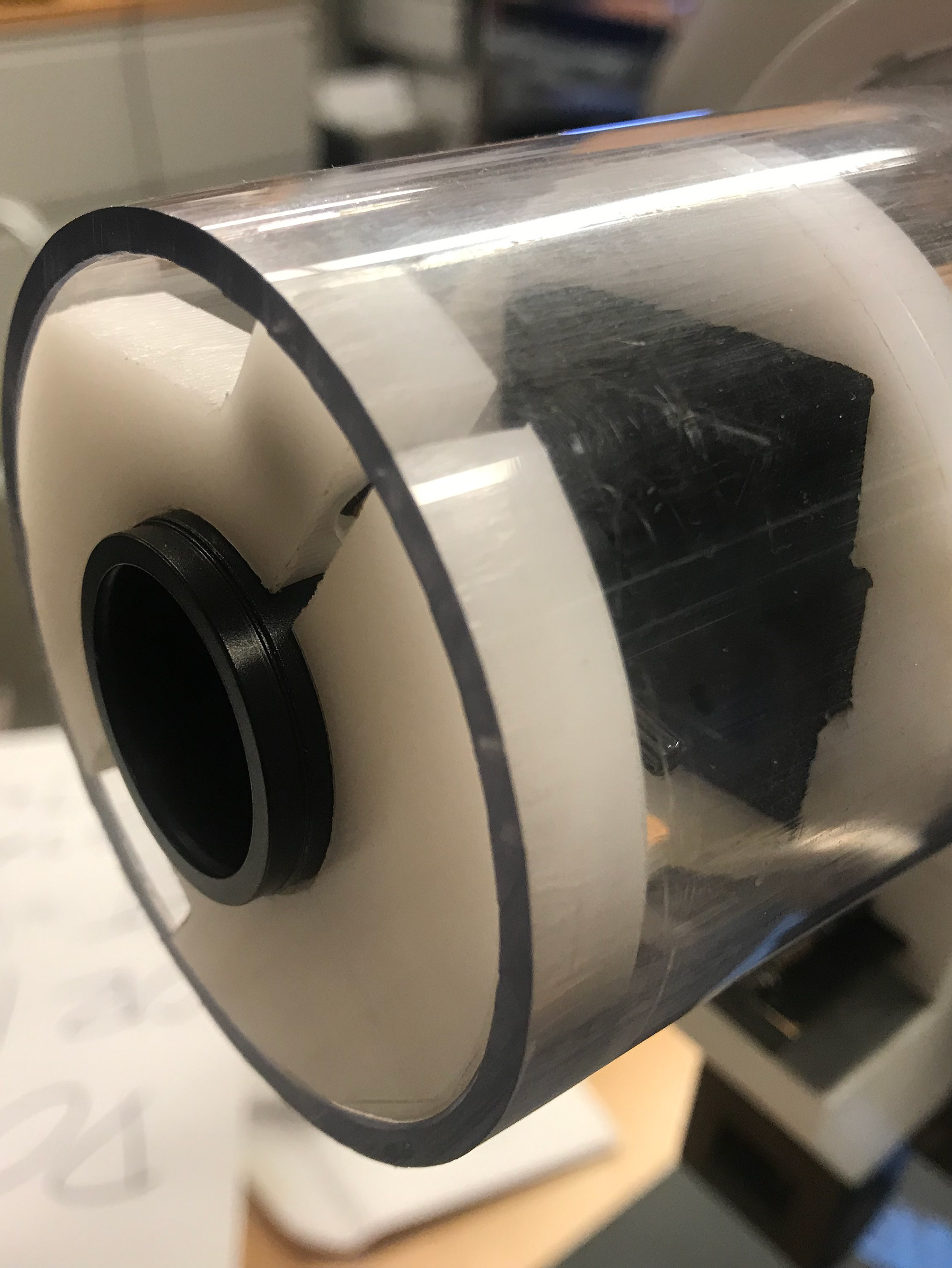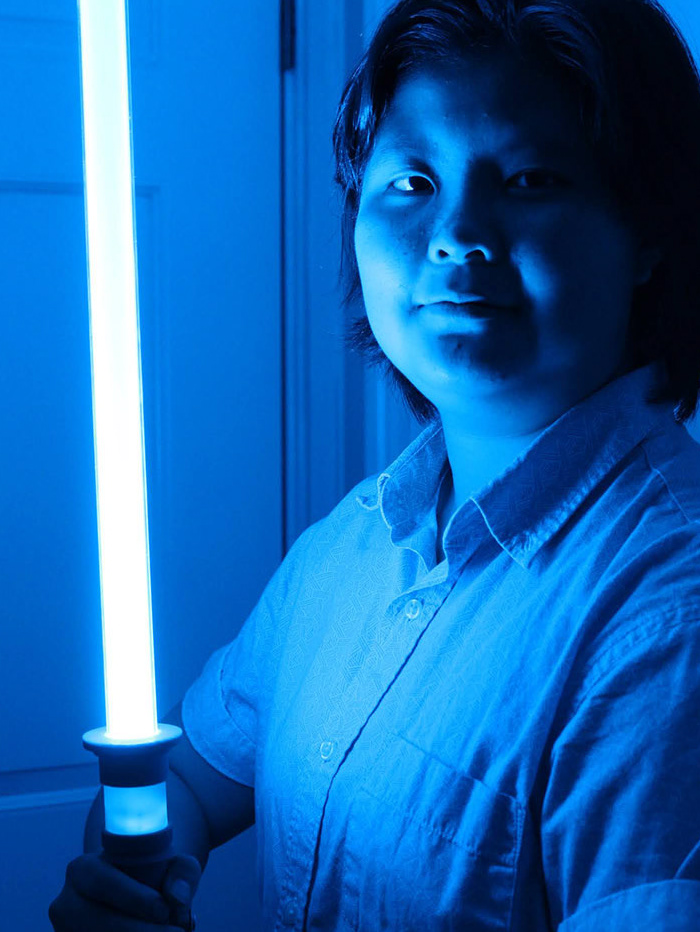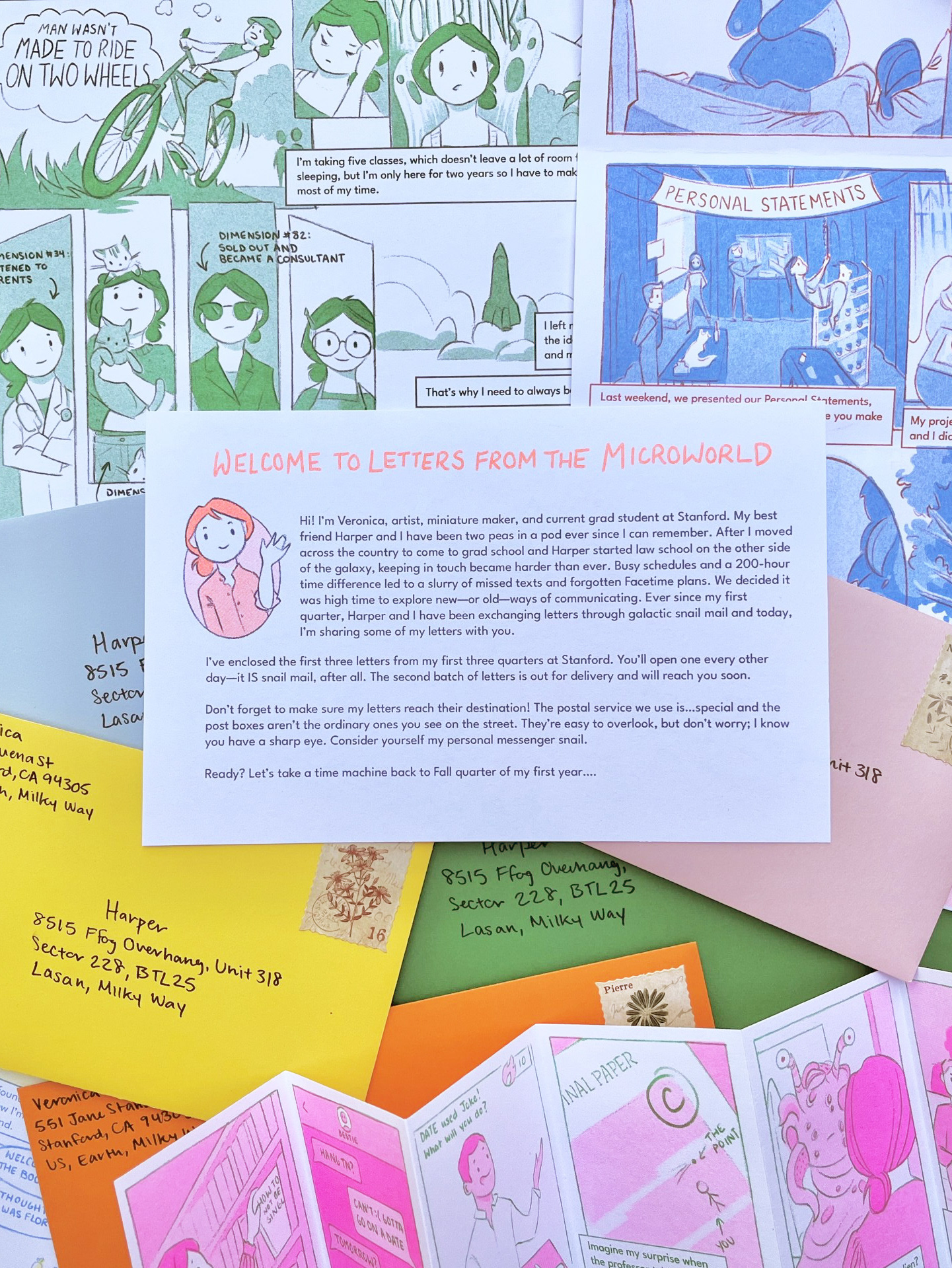Summer 2020
Team members: Sebastian Bruno, Veronica Chen, Alice Huang, Melanie King, Michelle Tong, Josh Vogel
In partnership with Smithsonian Institute Exhibits
In Smithsonian Institute's upcoming “World on the Move: 250,000 Years of Human Migration” exhibit, visitors learn about the patterns of human migration throughout the world over time. Through an interactive voting display, exhibit visitors can vote to indicate where they are from and the reason for their migration. In the original exhibit design, users choose a color-coded chip from a collective bin that corresponds to the region of the world that they are from and place it in the acrylic tube that corresponds to their reason for moving.
However, with this current design, visitors who are blind or low-vision have an extremely difficult time participating in this interactive. To remedy these issues, we are proposing some revisions to make the exhibit more accessible. Some of these adjustments include raised ridges that guide the user in navigating the exhibit, textured chips for easier tactile identification, and tubes augmented with buttons that activate audio descriptions of their contents. The tubes are equipped with color sensors that automatically process the color of the chip and add it to memory, enabling the user to prompt the tube to read its contents aloud. A portion of the tube is also exposed for users to receive information by running their fingers along the sides of the stacked coins and feeling the various textures.
Modified Design (sketch by Veronica Chen)
After talking to a user expert group, we decided that the voting chips should have a tactile surface. Additionally, this tactile surface should be on the side of the chip to allow visitors to run their fingers down the exposed tube and understand its contents. Using the CAD software Onshape, I designed prototypes for chips that could be identified through tactile sides. Each chip corresponds to a region of origin through both color and texture.
(left: 3D printed chip prototypes)
(below: designs for Australia/East Asia, North America, and South Asia chips)
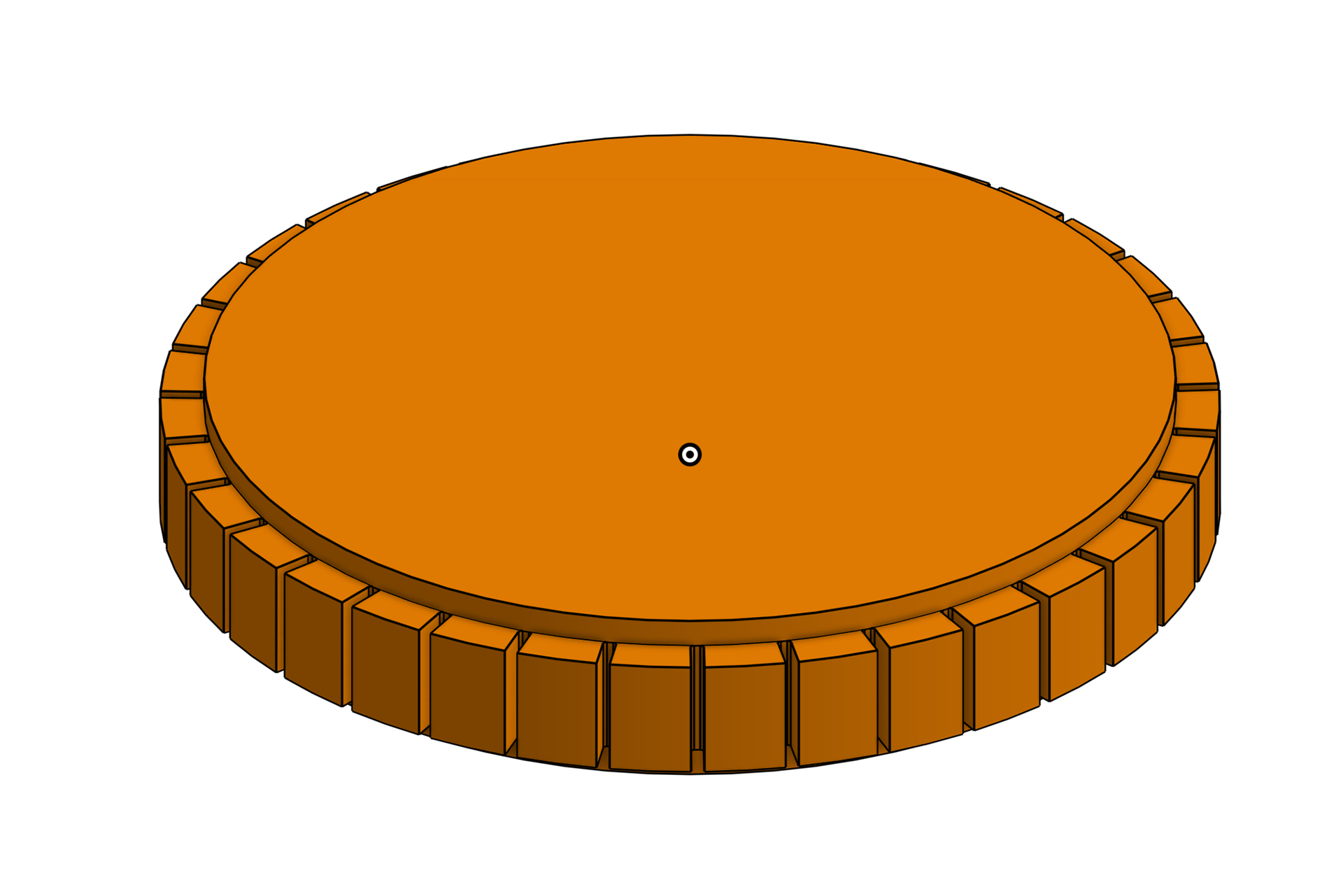
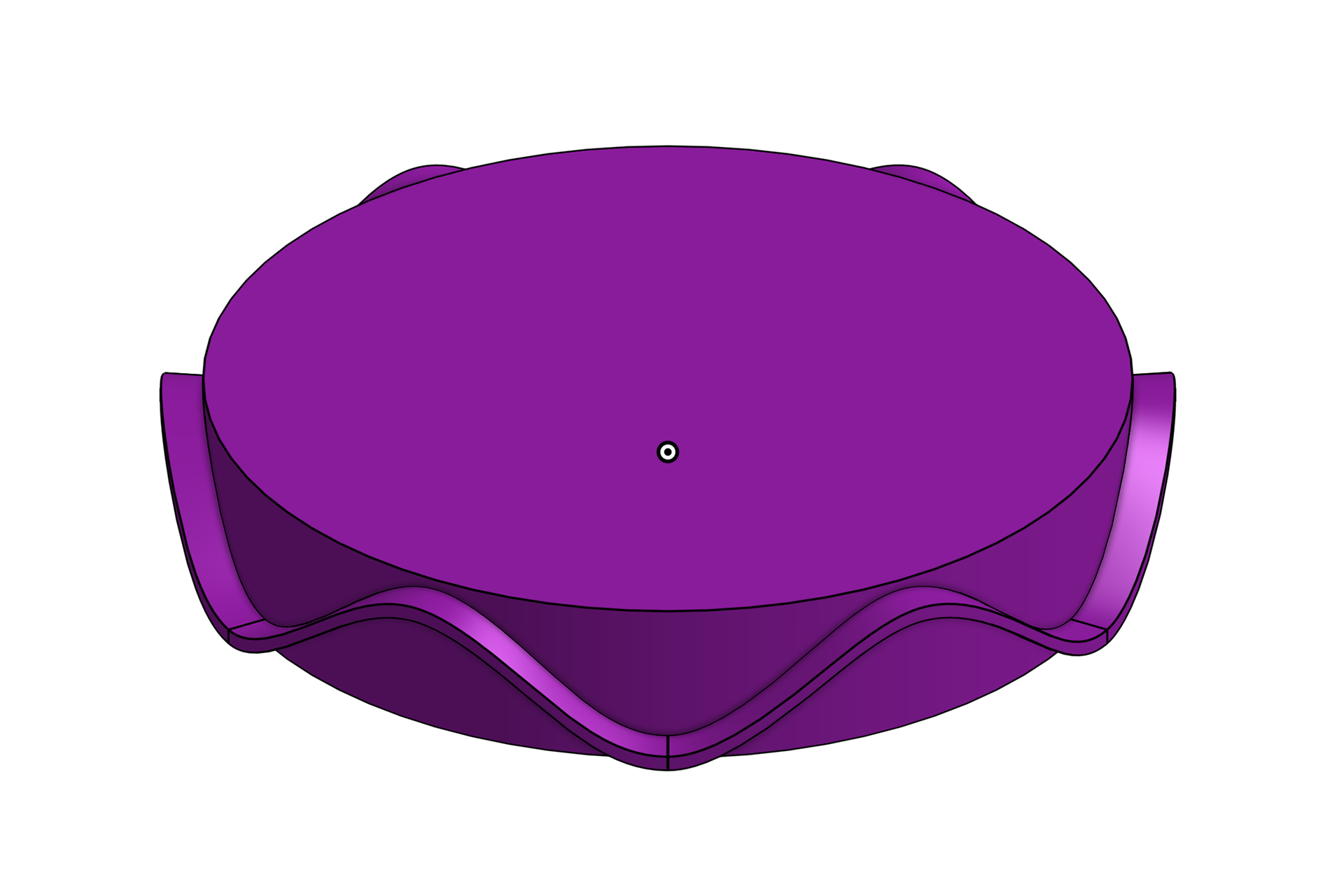

In addition to the chips, I designed a prototype for the tube sensor system. As the visitor inserts their chip into the slot on top of the tube, a tilt switch activates the color sensor, which is placed above a motorized platform. After the color sensor has identified the color of the chip and stored it to memory, the platform drops the chip into the tube below. Upon pressing the reset button, the system writes its existing data onto an SD card and resets the chip counts.
(right: cardboard model of tube system with motor. Due to the remote nature of this project, I had limited access to prototyping materials and as a result, used cardboard to model the prototypes.)
(bottom left: detail of cardboard prototype)
(bottom right: electronics--color sensor, SD card, reset button, and tilt switch)


(left: final prototype demonstration)
